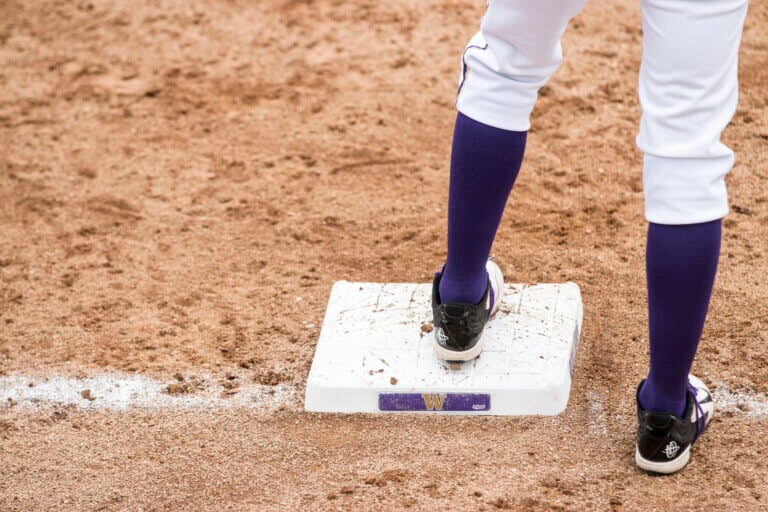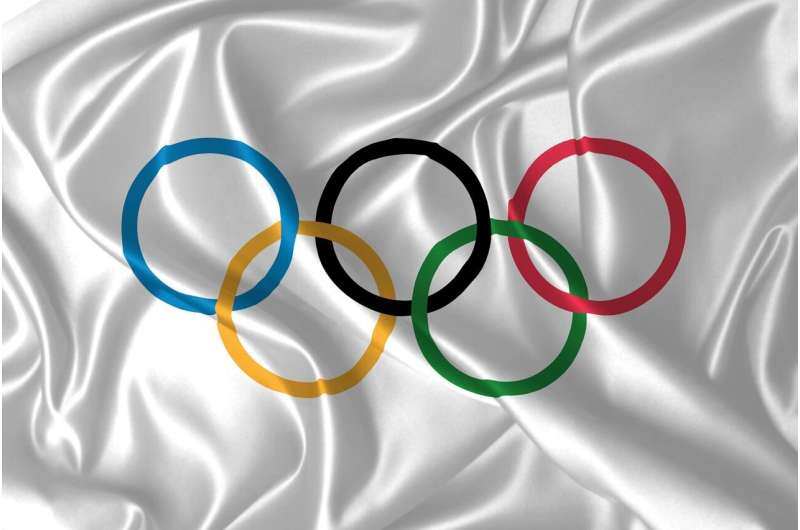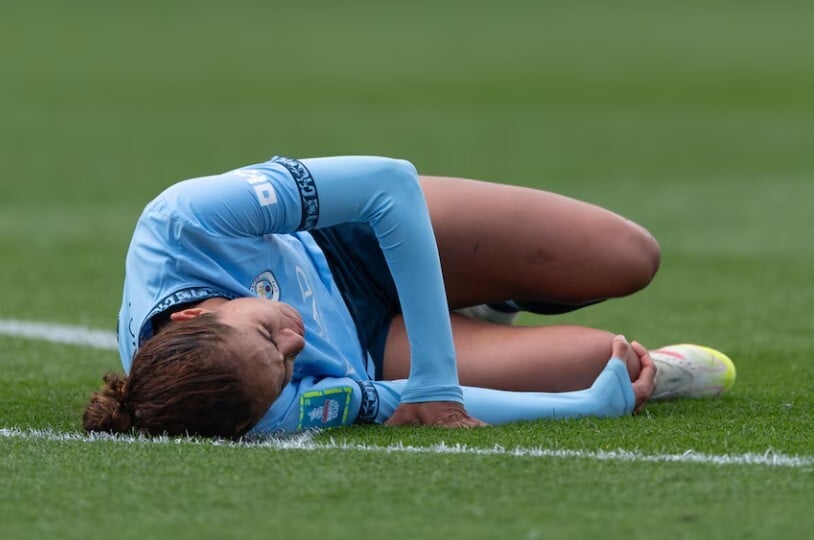Addressing the Gap: New Insights into ACL Injury Prevention in Women’s Sports
 As women's sports continue to capture global attention, the spotlight has also intensified on the unique challenges female athletes face, particularly in terms of injury.
As women's sports continue to capture global attention, the spotlight has also intensified on the unique challenges female athletes face, particularly in terms of injury.
 Among these, ACL tears are notably prevalent, posing significant hurdles not just in high-impact sports but across a wide range of activities.
Among these, ACL tears are notably prevalent, posing significant hurdles not just in high-impact sports but across a wide range of activities.
University of Washington assistant professor of mechanical engineering, Jenny Robinson, sheds light on these challenges, emphasizing the need for tailored injury prevention strategies for women.
In a recent interview with UW News, Robinson, who also holds the endowed chair in women’s sports medicine and lifetime fitness, discussed the critical issue of ACL injuries in women's sports.
“ACL tears are extremely common in activities that require cutting, pivoting, quick turns of direction, and high-contact sports.”
This type of injury is two to eight times more common in women than in men participating in the same sports, a disparity often attributed to anatomical and hormonal differences.
The traditional approach to treating ACL tears involves reconstructing the ligament with a graft from another part of the body, such as the patellar or hamstring tendons. However, Robinson points out:
"This can lead to additional risk for injury at the donor site."
She shared her personal ordeal with such injuries, emphasizing the profound impact they can have on an athlete’s career and identity. With the Paris Olympics starting officially today, the focus on these injuries is more pertinent than ever. Robinson stresses the importance of investing in ACL injury prevention to extend athletes' careers and enhance their quality of life.
With the Paris Olympics starting officially today, the focus on these injuries is more pertinent than ever. Robinson stresses the importance of investing in ACL injury prevention to extend athletes' careers and enhance their quality of life.
Her research dives deep into the cellular level, exploring how sex hormones and mechanical cues affect tissue structure and function.
“We’re trying to determine what cues lead to tissue scarring versus regeneration so that we can develop processes that inhibit scarring and promote regeneration.”
Robinson’s insights come at a time when women’s sports are gaining unprecedented visibility and support, yet also face critical challenges. The research being conducted at the University of Washington is part of a broader movement to understand and address conditions that disproportionately affect women, ensuring that female athletes can enjoy long, healthy careers.
As Robinson reflects on the recent conferences dedicated to engineering for women’s health, she remains hopeful:
"We have so much to do, but there is hope because people are working in areas that we previously were clueless about and doing some really impactful research."
This blend of engineering and medical research is crucial for developing targeted strategies that cater specifically to the physiological and biomechanical nuances of female athletes, potentially transforming the landscape of women's sports medicine.
Read the full Q&A here!
![HR Logo [Recovered]_Full Color Vertical-1](https://blog.healthyroster.com/hs-fs/hubfs/HR%20Logo%20%5BRecovered%5D_Full%20Color%20Vertical-1.png?width=199&height=178&name=HR%20Logo%20%5BRecovered%5D_Full%20Color%20Vertical-1.png)
 By
By


